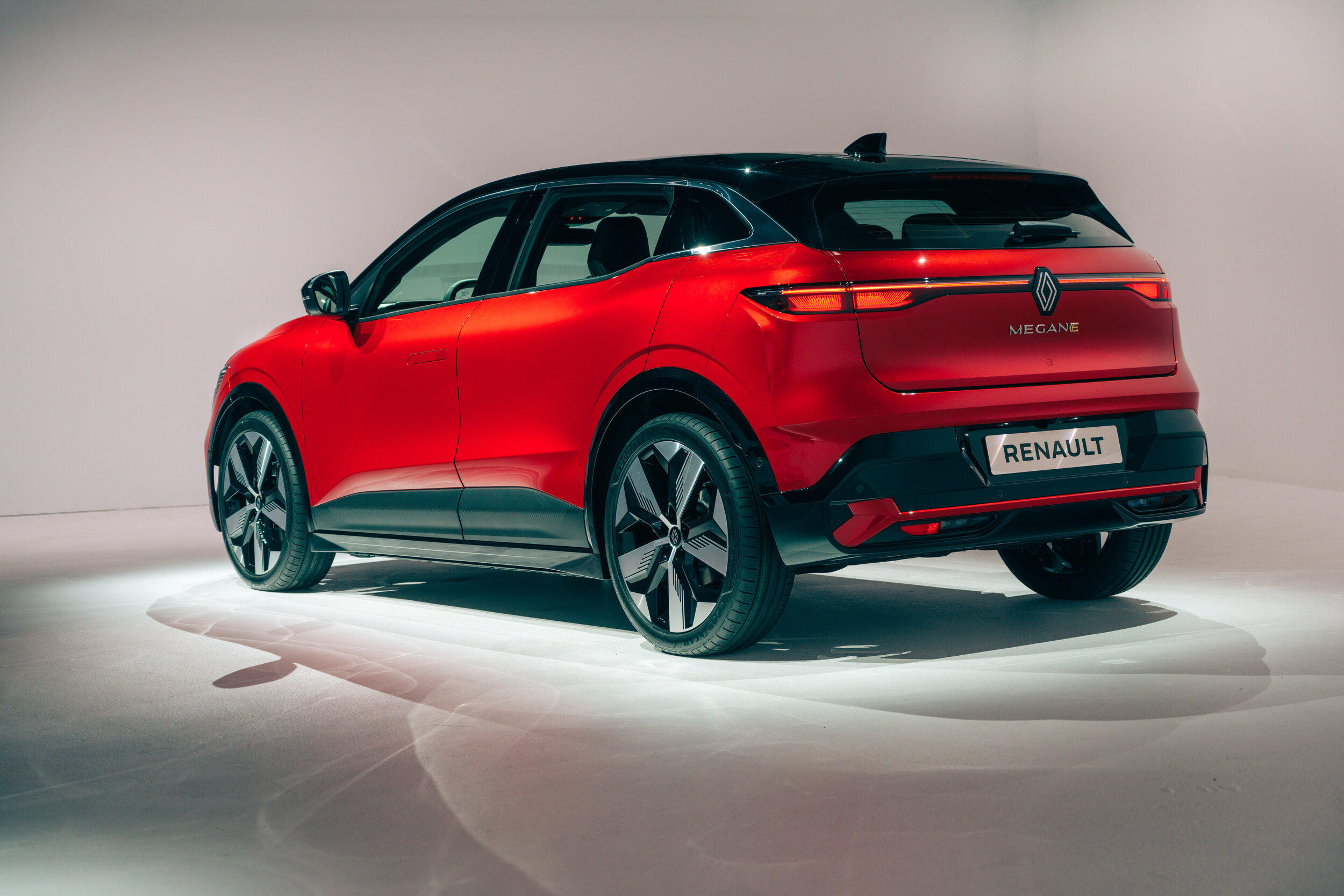Electric Megane ready to roll
/Thin low-cobalt battery among tech highlights of crucial volume model being eyed up by New Zealand distributor.
AS avant garde as the exterior styling is, it’s the high-tech interior and a clever battery design that makes the Megane E-Tech Electric extra special.
Built atop the Renault-Nissan-Mitsubishi Alliance's latest CMF-EV dedicated electric platform, Renault’s first new electric passenger car since the Zoe debuts a new 'ultra-thin' battery.
The French make’s New Zealand distributor has expressed interest in for the five-door, which drops the previous hatchback styling to reinterpret into a sports utility.
“Any new product and in particular EV product excites us here at Renault New Zealand,” spokeswoman Kimberley Waters says.
“Details (for the car) have only just be released, however is a model we will consider bringing to New Zealand. Once a decision is made, we will be in a position to share further details.”
Making its global reveal at the IAA Mobility motor show in Munich today, the model will be offered with 40kWh and 60kWh battery packs, with the bigger of those two claiming a WLTP-tested driving range of 470 kilometres and making 164kW (whereas the smaller creates 97kW and will clock 300kms between charges).
When Renault says an ultra-thin battery, they’re not talking single sheet of paper. Yet at just 110mm thick, it is a landmark. That’s 40 percent thinner than the unit in the existing Zoe electric hatch that has just come on sale in NZ in an upgraded format, yet it offers 20 percent greater energy density.
Another green edge is that the Megane's motors are electrically excited, meaning they have no magnets and use no rare-earth metals. They're also more efficient than induction motors at high speed.
The battery is low in cobalt, which is the most expensive material used in batteries and has also been called the “blood diamond of batteries” because it’s been mined in a way that imperils child workers and wrecked the environment in the Democratic Republic of Congo.
Also, Renault says, the low-cobalt, high-nickel cathodes mean a pack that's better in low temperatures than the norm, as well as longer-lasting, so they claim.
One other neat thing: According to Renault, the E-Tech features a "special access for rescue teams to utilise" when working to put out an electrical fire. It says it's possible such an issue could be sorted in as little as five minutes versus the one to three hours it can take with most EVs.
EV battery fires - including thermal runaway incidents from overcharging or damaged packs - have been highly problematic for emergency services. The fires burn extremely hot and are difficult to put out with conventional equipment. Even without a fire, the much higher voltage present in lithium-ion battery packs are a safety risk for first responders.
Key related features include a QR code on the windshield that can be scanned by emergency workers to quickly gain access to the vehicle's safety blueprint, including where to cut into the vehicle safely, as well as info on where the battery and airbags are located. Finally, there's a battery disconnect switch sited under the rear seat.
This is the second use of the 'CMF-EV' platform; Nissan had first dibs with the Ariya SUV revealed some months ago.
Renault’s adaption allows the Megane to be 4210mm long, 1770-1780mm wide and 1500mm high, riding on a 2700mm wheelbase. That makes it 150mm-shorter in body length than the current hatch, which is best known here for representing in hot RS format, yet is just as roomy inside.
In fact, rear passenger knee-room is superior than the current hatchback provisions. Also, Renault says, occupants won’t sit any higher than they do in the petrol Megane.
The model is said to be the first in a line of eight new Renault EVs that will be on the world’s roads 2025. These range from the pert Renault 5 reprisal to a full-sized commercial van.
The car shown in Munich maintains strong resemblance with a styling study, called the Megane eVision, that Renault revealed a year ago. Though classified as a SUV, it’s effectively an 'inflated' hatchback shape sitting on big (up to 20-inch) alloy wheels. Renault has taken opportunity to get all fancy with the lights; the front LEDs have complex laser-cut 3D textures while the brake lights are two vertical strips, 'like a pause sign', the brand says. Smooth body surfacing, including flush-fit door handles, enables a drag coefficient of 0.29.
The cabin debuts a new 'Open-R' infotaInment system, powered by Google's Android Automotive operating system, and offering satellite navigation, over-the-air updates and various Google services. Entry models have a nine inch centre screen, the more expensive ones go to a 12 inch.
Other interior features include 48-colour ambient lighting that can change colour every 30 minutes for a "living" feel, and a selection of sustainably-sourced wood, Alcantara suede and textile trims for the dashboard, seats and other interior elements. That doesn’t mean cows are spared. Renault is continuing with leather as an option.



















